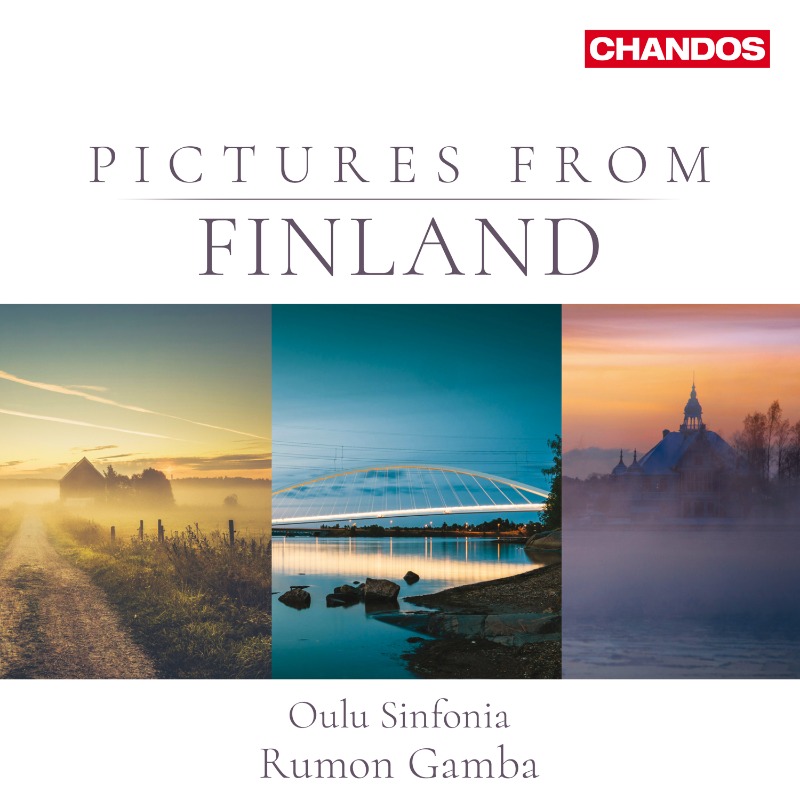search
date/time
 | Cumbria Times A Voice of the Free Press |

Andrew Palmer
Group Editor
12:00 AM 9th August 2025
arts
Review
Classical Music: Pictures from Finland
Jean Sibelius Scene with Cranes, Op. 44 / 2; Selim Palmgren Aus Finnland, Op. 24; Leevi Madetoja Marian murhe, Op. 27 / 2*; Suite pastorale, Op. 34; Väinö Raitio Idylli; Scherzo ‘Felis domestica’; Robert Kajanus Adagietto; Finnish Rhapsody No. 2, Op. 8
Oulu Sinfonia Rumon Gamba
Mikko Sorri concert master
Madetoja Music High School’s Girls’ Choir*
Soma Ensemble*
Elina Kärki chorus master
Chandos CHAN 20401
Chandos.net

Several works here draw inspiration from the natural world, not least Sibelius's Kurkikohtaus (Scene with Cranes), composed as incidental music for a play by his brother-in-law Arvid Järnefelt. This little-known piece demonstrates the master's genius for creating emotional landscapes through string writing alone, the orchestral textures evoking the cry of cranes across a darkening sky.
Robert Kajanus, often considered the father of Finnish orchestral music, features with his Second Finnish Rhapsody, Op. 8, from 1886—the earliest work here. A passionate advocate for Finnish independence in his youth, Kajanus developed a deep artistic fascination with native folklore and vernacular traditions. There are fleeting moments where one detects echoes of Grieg, yet the musical language remains distinctly Finnish. His sublime Adagietto for Strings displays such refined control that it occasionally recalls Elgar—perhaps not surprising, given that both composers were born and died just a year apart.
The programme also encompasses works by two more pillars of Finnish music: Väinö Raitio and Leevi Madetoja, the latter a native son of Oulu. Madetoja's Pastoral Suite for Orchestra, Op. 34, provides gentle respite, while his setting of the Stabat Mater for female chorus and strings, Marian Murhe (Mary's Sorrow), Op. 27/2, concludes the disc. The Madetoja Music High School's Girls' Choir delivers an exemplary performance, their pure tones ideally suited to this devotional music.
The Oulu Sinfonia responds magnificently to Gamba's direction throughout, their playing characterised by impeccable balance and control. While one might have welcomed slightly greater programmatic diversity, this collection presents a fascinating portrait of Finnish orchestral music beyond the towering shadow of Sibelius—revealing a rich tradition that deserves wider recognition.